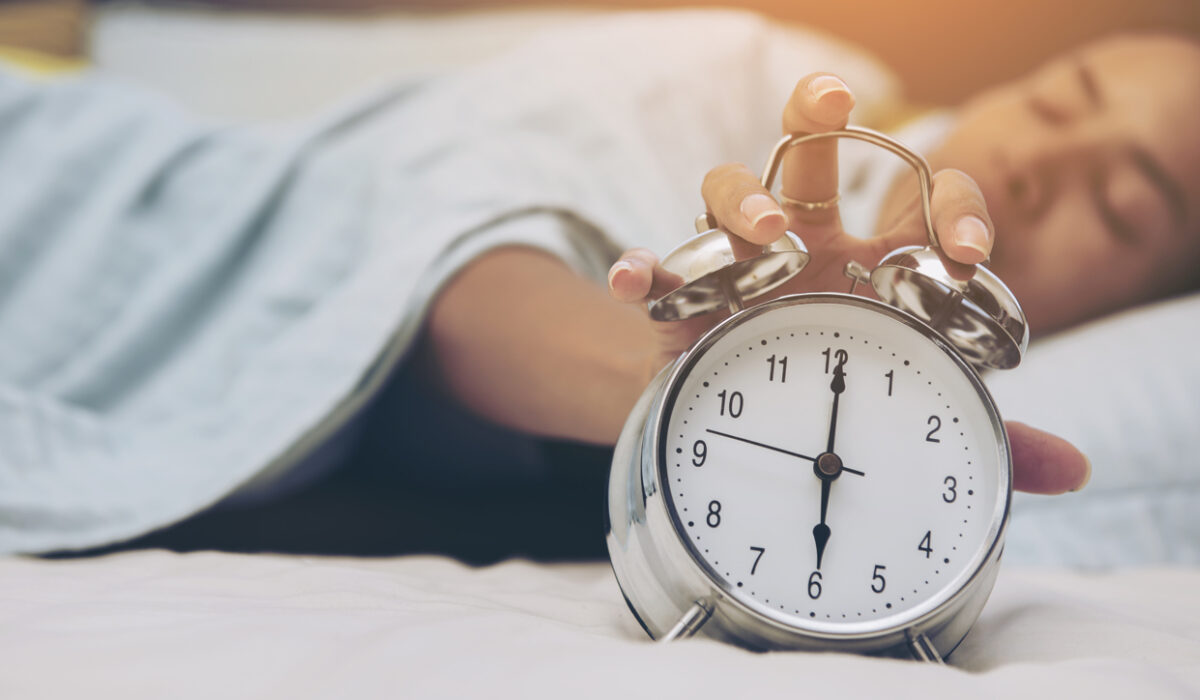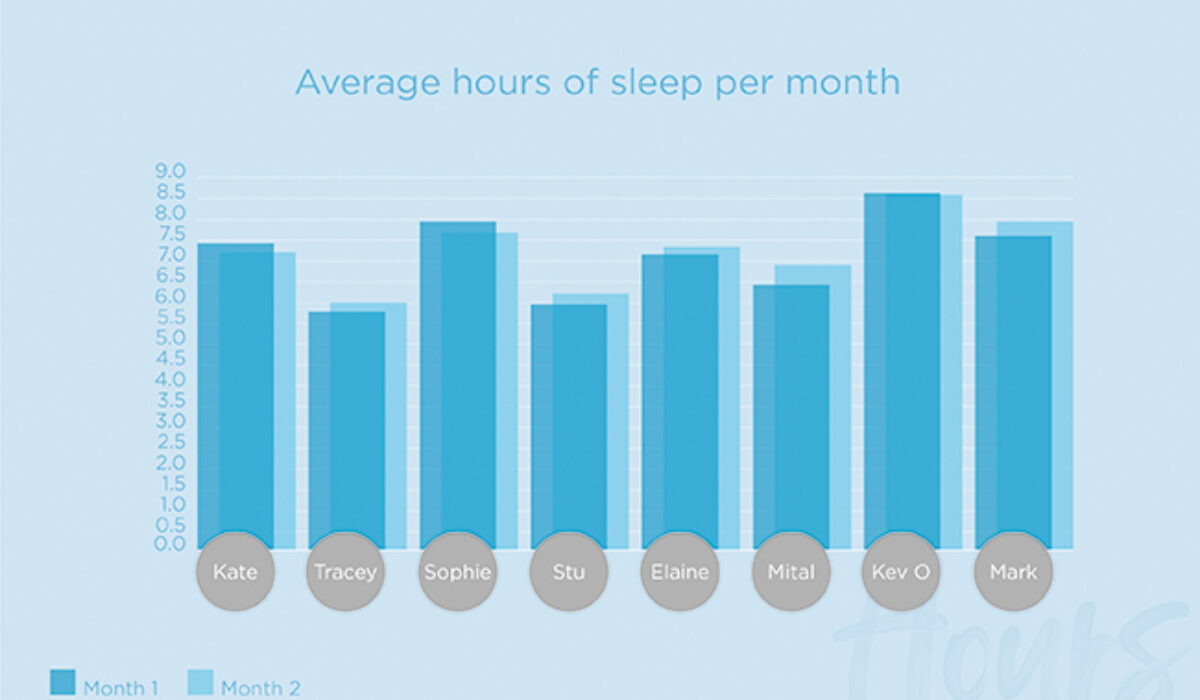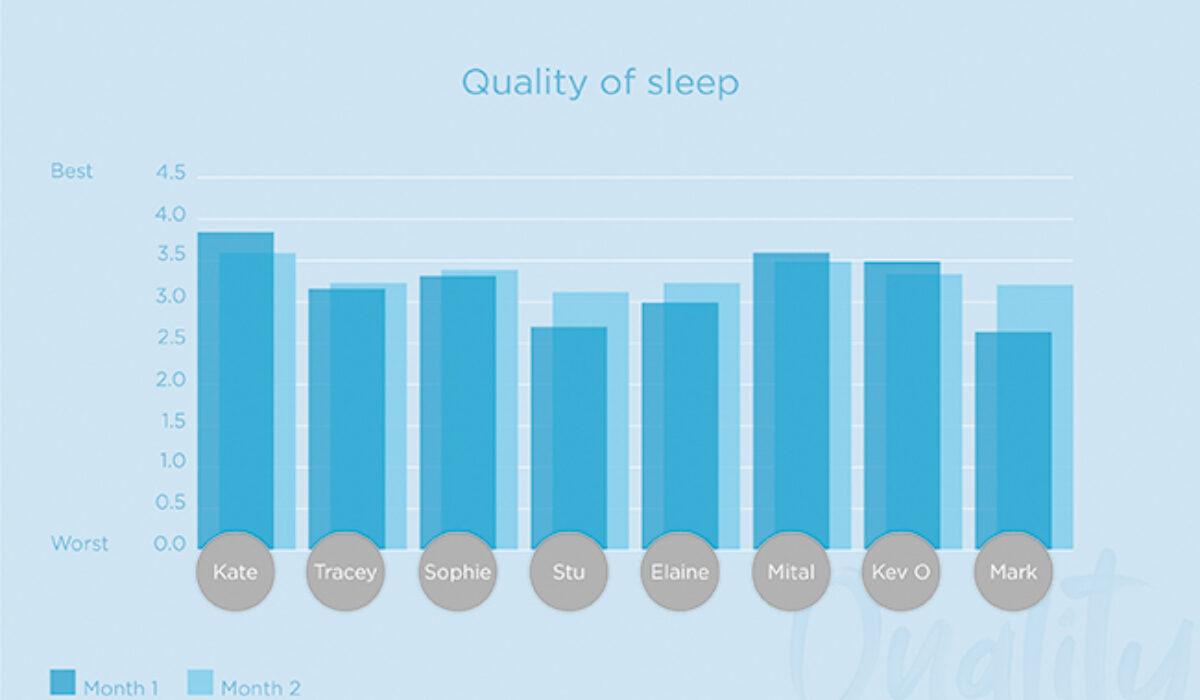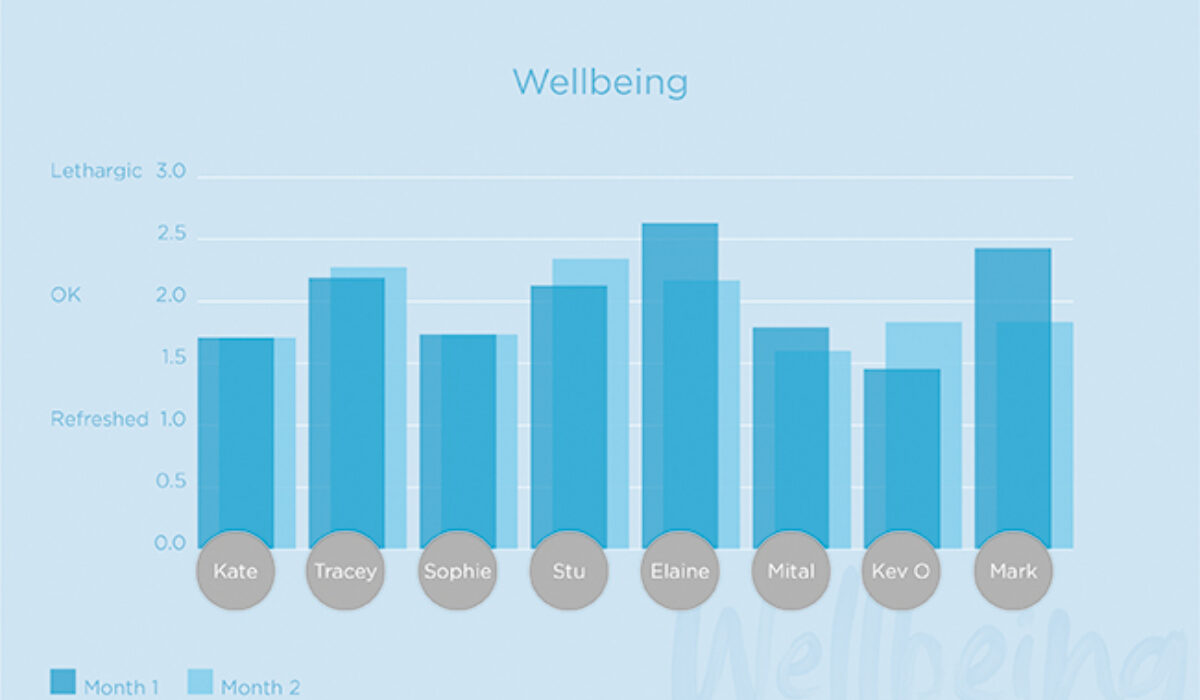Foundry Culture
Results of our Foundry sleep experiment and lessons learnt… (2 of 2)

Sleep is big business, with companies trying to sell us everything from pillow sprays to massage machines in pursuit of some shut-eye. We recently tested some of the most popular techniques and the results reminded us of some simple behavioural change tips to make sure you wake up the category, rather than making it nod off.
THE VERDICT
1. Keep it simple
Some people, (ehem, Priya and Sarah) gave up on their tasks altogether and were disqualified. Excuses included, “it’s impossible”, “I sometimes couldn’t be bothered” and “I’m sorry, I failed in doing my homework”.
If you’re asking people to trial your sleep aid, make sure it feels like something they can easily fit into their daily routine. Reduce the “hassle factor” of using the product and keep messages simple.
2. Make it attractive
Everyone had a reasonable amount of rest thanks, in part, to their sleep aid. But, in most cases, the difference was so minimal that most people have already gone back to their usual bedtime routine.
We’re great believers in regular prompts to remind people about the benefits of products or services. Whether it’s a piece of engaging content, testimonial or a special offer, it pays to keep the conversation going and offer rewards for success.
3. Share success
The majority also said they wouldn’t continue with their sleep aids, for one reason or another. Mark seemed to notice the biggest difference and tried to stick to his caffeine-free afternoons, but it wasn’t long before he was back on the jitter juice.
Regardless of the results, the experiment got the whole office talking. Brands can use the power of people’s social networks to spread behaviour change from peer-to-peer and encourage others to do the same.
4. Choose your timing
When we began this experiment, very few people in the office were experiencing sleep problems. Prompt potential customers when there is an actual physical or emotional need and they’re more likely to be receptive. For instance, two staff members were on maternity leave at the time. They would have been the perfect candidates for lack of sleep.
AVERAGE HOURS OF SLEEP PER MONTH
Worry-free Kev had the most amount of sleep, with a total of 9 hours a night. Tracey and Stu had the least, but who knows if this is directly related to their sleep aid?

EASE OF FALLING ASLEEP
Everyone seemed to find it easy to get to sleep, with Kate and Kev topping the charts in the trial month.

QUALITY OF SLEEP
Elaine and Stu said they both slept better, and above average quality of sleep was recorded by everyone.

WELLBEING
Very few people recorded feeling lethargic on waking, with most saying they felt fine in the morning.

To sum up…
It’s difficult to measure the exact effect of sleep aids. There so many factors that play a part in how we sleep, from restless partners to waking children, we can’t say if our efforts helped, or not. But, it was good to be reminded of a few fundamentals of behaviour change that can help people engage with new products and services, whatever the industry.